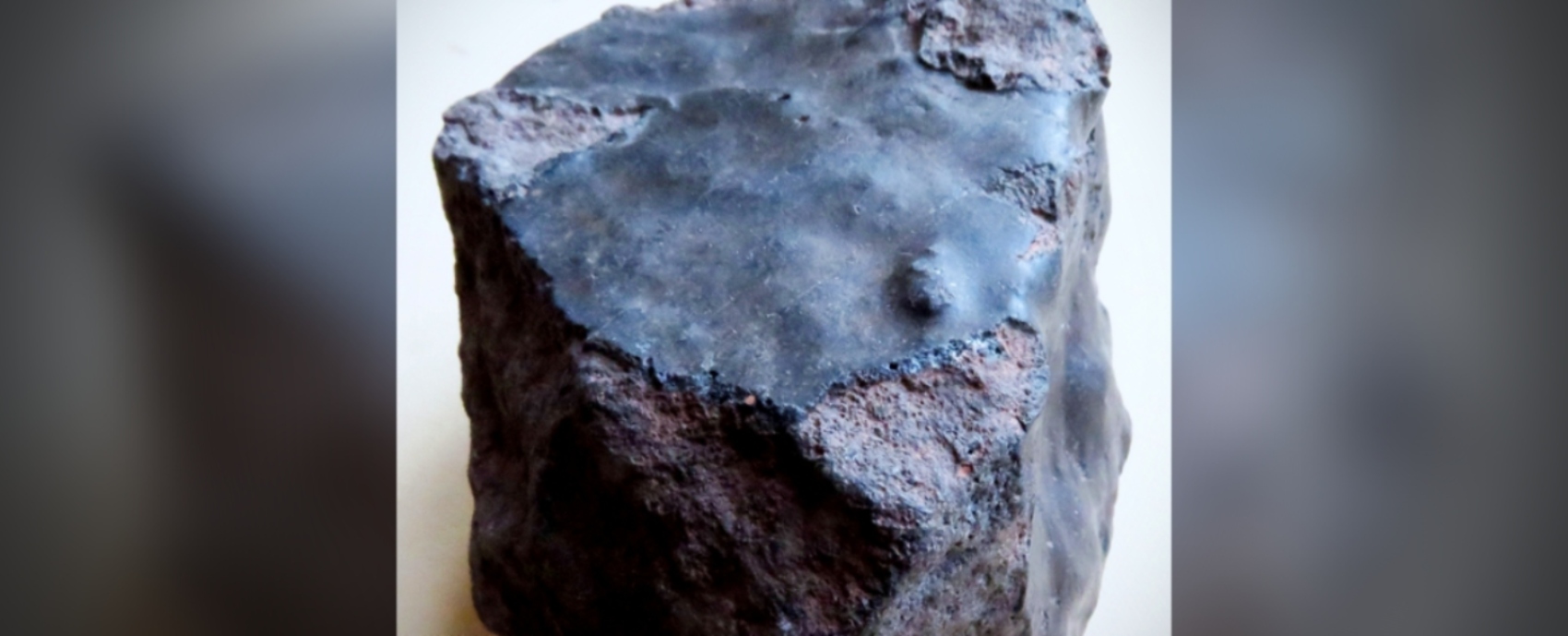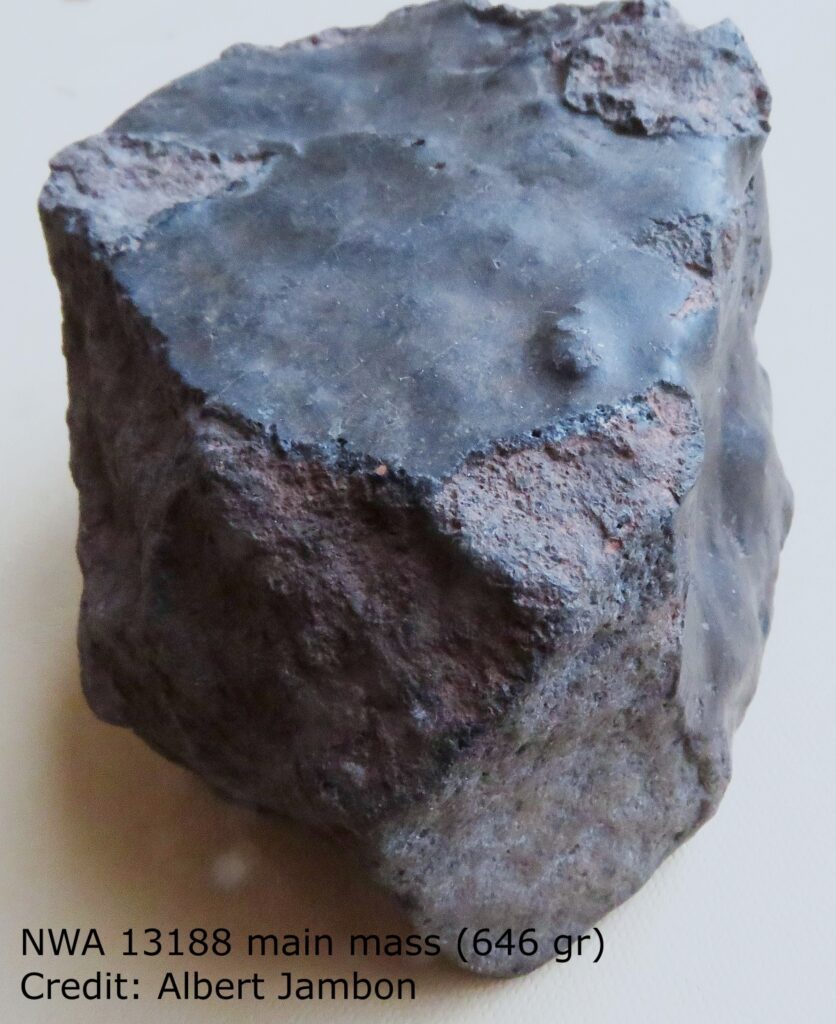
a meteor Discovered in 2018 in the Moroccan desert, it was likely launched into space and returned to Earth thousands of years later, according to scientists. Space rock – called «North West Africa 13188» It will be the first meteorite (that we know of) to make this trip.
The outer part of a space rock 646 gramsTheir crystal texture and delicate chemical composition indicate the type of rock formed from molten minerals that originate from volcanoes found near subducting oceanic plates here on Earth. In addition, the rock’s mixture of oxygen isotopes and trace element signature distinguishes it from other meteorites.
But according to Jerome Gatacheza, a geophysicist at the French National Center for Scientific Research, who presented his team’s findings at the Goldschmidt Geochemistry Conference in France, the rock has been in for a fun ride spending a lot of time in orbit. concentrations Helium-3, beryllium-10, and neon-21 It can only be explained by exposure to cosmic rays (radiation) that is present in space but is greatly deflected by the Earth’s magnetic field.
While the concentration of these isotopes was lower than in other meteorites, it was much higher than in other rocks from Earth. This indicates that NWA 13188 has been exposed to galactic cosmic rays for a short but significant period – a few tens of thousands of years. NWA 13188 also has a glassy “melting crust,” indicating that it may have melted during its fiery entry into Earth’s atmosphere. All of this “rules out that NWA 13188 is a pseudo-human meteorite,” the study authors write.
“Therefore, we consider NWA 13188 a meteorite that was expelled from the Earth and later returned to its surface,” they concluded.

How this Earth rock made its way into space is a mystery, researchers say, but it was likely ejected during a volcanic eruption or when another meteor hit Earth.
To enter orbit, a rock ejected from an raging volcano would have to travel at tens of thousands of kilometers per hour – much faster than expected. Certain conflicts between land and great asteroids It would be powerful enough to launch rocks into the solar system.
The age of NWA 13188 is still unknown, but the research team is working on it rock dating by measuring concentrations of an isotope of argon.
meteorites Mars It is also found in the desert. In the area, “meteorite hunters” have discovered an ancient space rock 4.4 billion yearsWhich was sold privately in 2011. Its market value now exceeds $10,000 per gram.
until 780,000 Meteorites can be found somewhere in the desert, which makes it the best location for meteorite hunting outside of Antarctica.
source: Science alert

“Total alcohol fanatic. Coffee junkie. Amateur twitter evangelist. Wannabe zombie enthusiast.”





More Stories
Is this what the PS5 Pro will look like? (Image)
Finally, Windows 11 24H2 update significantly boosts AMD Ryzen – Windows 11 performance
Heart Surgeon Reveals The 4 Things He ‘Totally Avoids’ In His Life